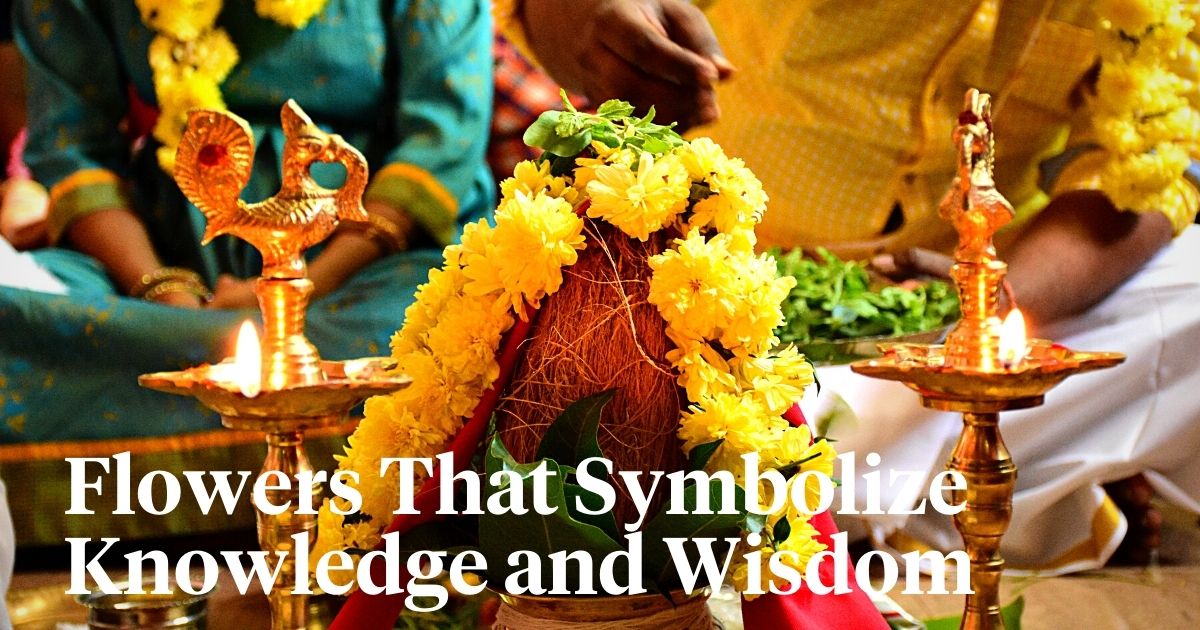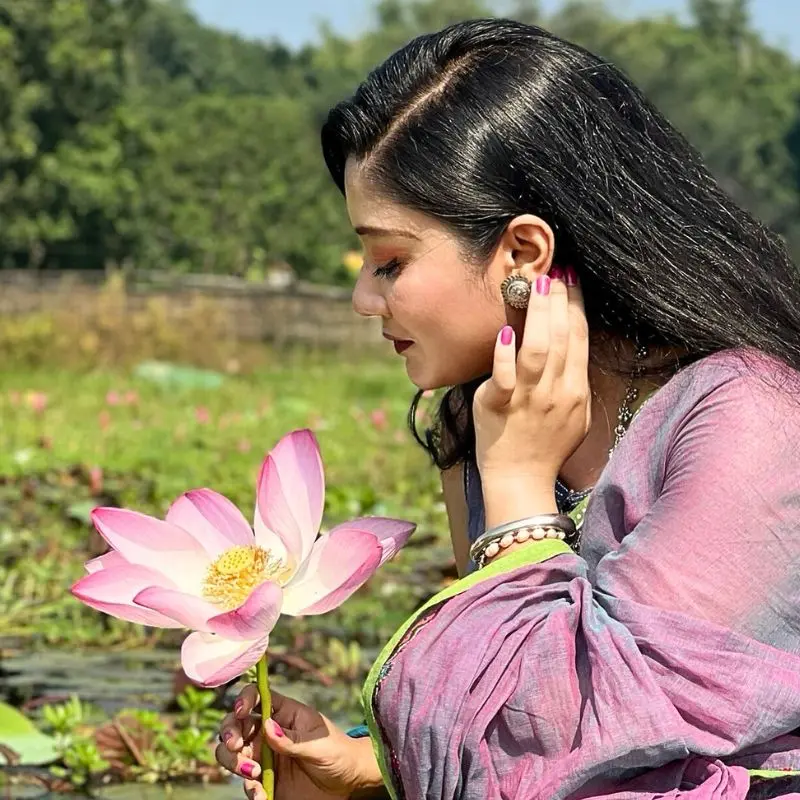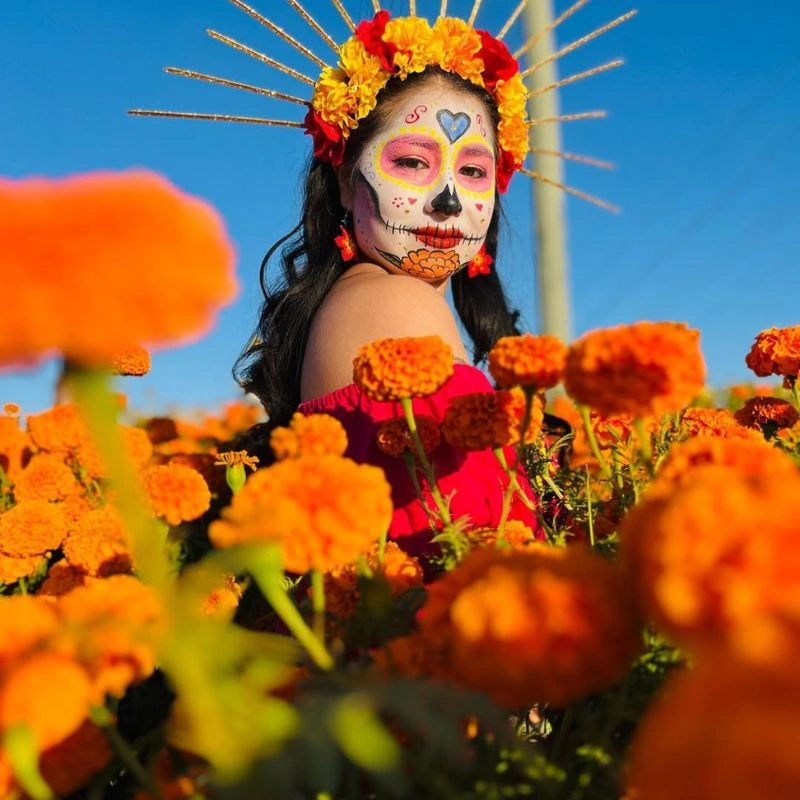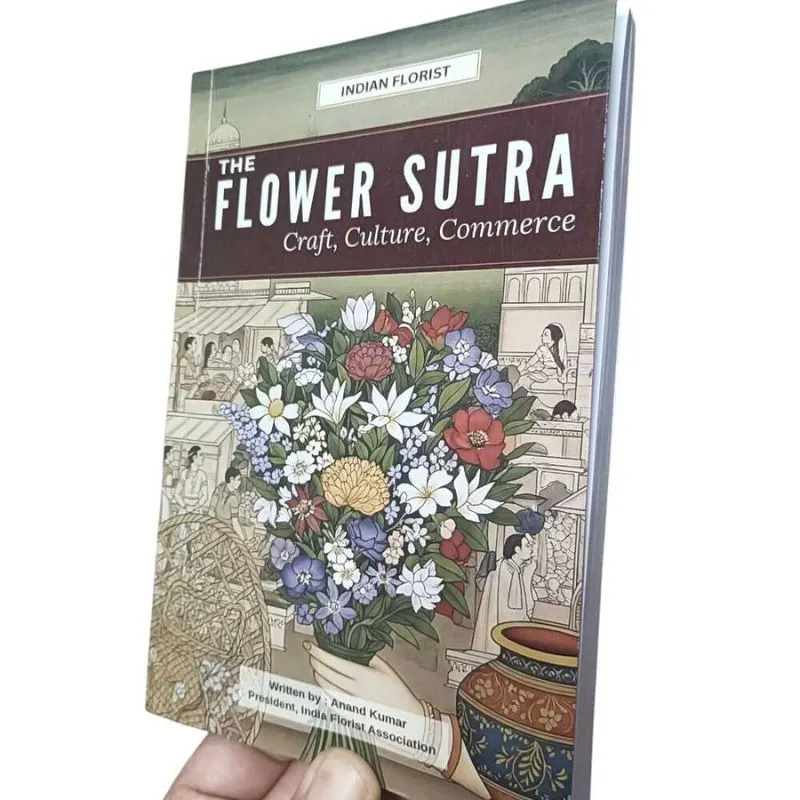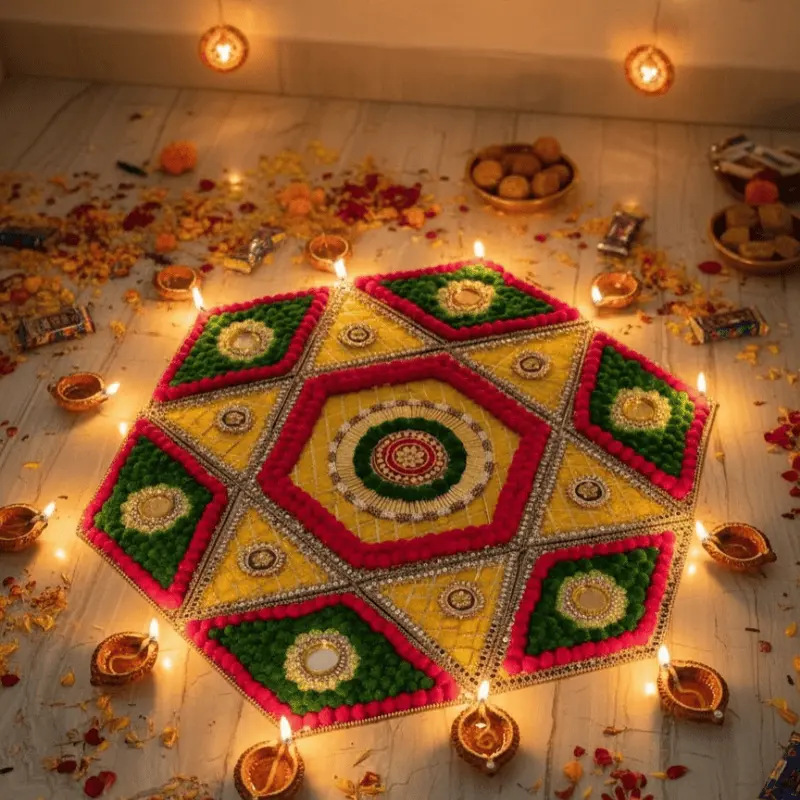The Vedas are one of humankind’s oldest sacred texts. They offer a peek into deep knowledge and spiritual insights. Inside the verses of these spiritual texts lies a captivating celebration of nature, and a particular acknowledgment of flowers.
From the poetical hymns in the texts to their rich symbolism, the Vedas paint a picture that defines the significance and beauty of flowers. These flowers of the Vedas and their inherent symbolisms have continued to inspire generations for ages and do so even today.
What Are the Vedas and What Do They Constitute?
The Vedas are a collection of ancient sacred texts in Hinduism. These texts form the basic scriptures of Hindu religious and philosophical traditions. The word ‘Veda’ is derived from the Sanskrit root ‘vid,’ which means knowledge or wisdom.
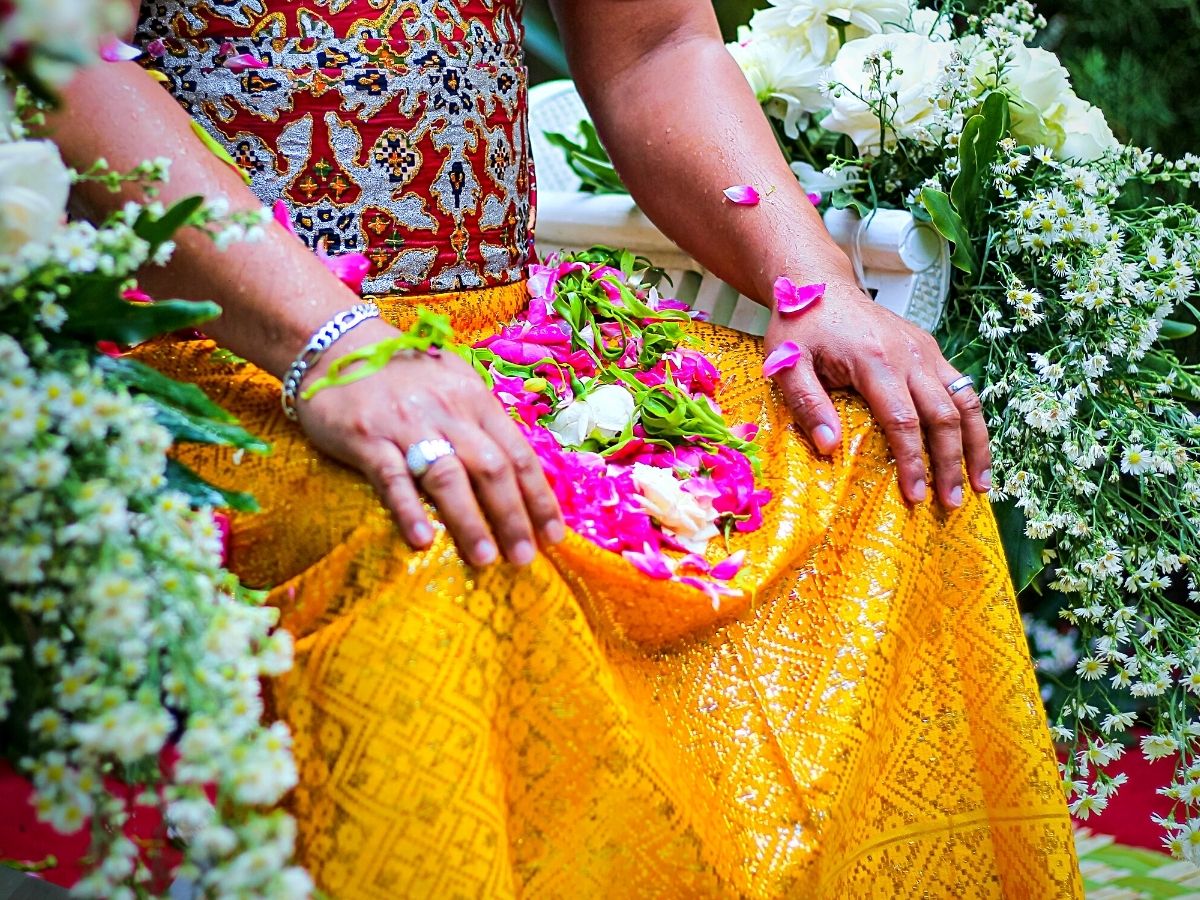
The texts, which are composed in Vedic Sanskrit and written in a poetic and hymnic style, are considered the oldest and most authoritative scriptures in Hinduism and are believed to have been revealed to ancient sages known as rishis through divine disclosure.
The Vedas are divided into four main collections and numerous other sub-collections and just as they did long ago, these verses and the flowers contained in them still fascinate both hearts and souls in the same way.
The Floral Creations of the Rigveda
Within these Vedic texts, the Rigveda, which is the oldest of the Vedas, unfurls like a lyrical chef-d'oeuvre that is adorned with definitive descriptions of nature. In these poetic verses, flowers, with their fragrant charm and delicate hues, emerge as symbols throughout the ballads.
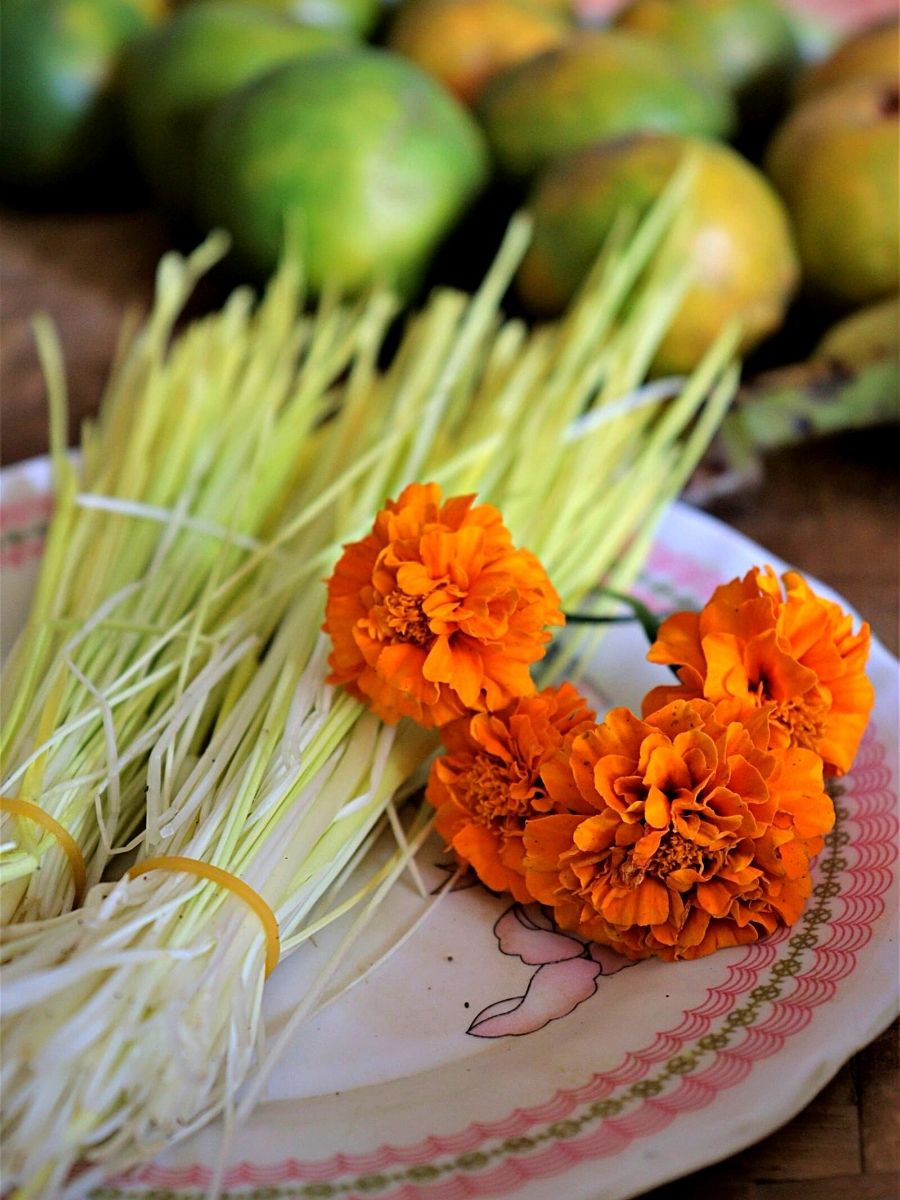
It is the intriguing beauty of flowers such as the golden-hued Soma, the radiant Sunahsepa, and the much revered Ashvattha that radiate in these texts. These are blooms that have, for generations, continued to capture the true essences of grace, divinity, and renewal, as has been articulated by the ancient thinkers.
The Symbolic Language of Flowers in the Samaveda
The Samaveda is best known for its musical chants and hymns. It very well resonates with the delicate poetry of flowers as each bloom carries with it a symbolic language that goes beyond words and canticles. In this case, the intriguing beauty of flowers including the lotus, jasmine, and tulsi, are mentioned as they bring out a concoction of both emotions and spiritual significance.
In the Samaveda, these flowers are not just adornments. They are gateways that open up to higher levels of consciousness. They not only embody physical beauty but also serve as doors to the spiritual domains, carrying with them symbolisms and meanings that stimulate the knowledge of the divine and its connection with nature.
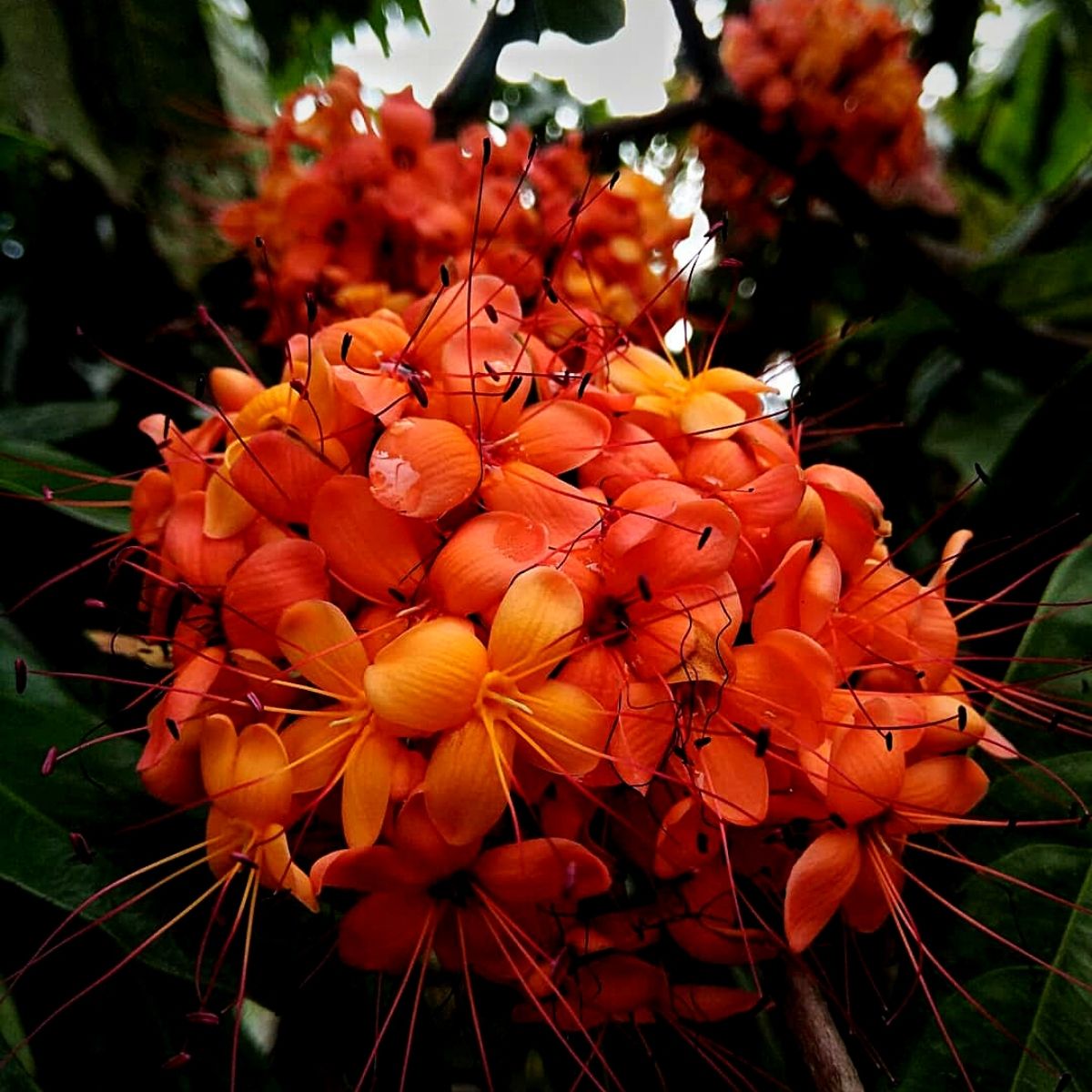
Instagram photo by @roots_to_origin
The Sacred Gardens of the Atharvaveda
Often considered the Veda of practical knowledge, the Atharvaveda, reveals a mystical space where flowers blossom as divine healers. With the Atharvaveda texts, one is afforded an opportunity to journey into the sacred gardens of the Atharvaveda, where each flower holds the power to comfort, revive, and rejuvenate.
The Atharvaveda explores the powerful medicinal properties of flowers like neem (Azadirachta Indica), sandalwood, and aloe vera. These are flowers that today - just like eons ago - are known to offer relief and peace to those who are fatigued and nurture the body, mind, and spirit. In essence, these are flowers that cast the spotlight on the harmony that exists between nature and wellness, all of which are enshrined within the petals and sepals of the sacred blooms.
The Transformative Power of Flowers in the Yajurveda
In the Yajurveda, another of the texts in the Vedas, the emphasis is put on rituals and sacrificial ceremonies and how these are interwoven with the role of flowers. In this case, the flowers are meticulously arranged and offered with devotion, and how they carry symbolic meanings.
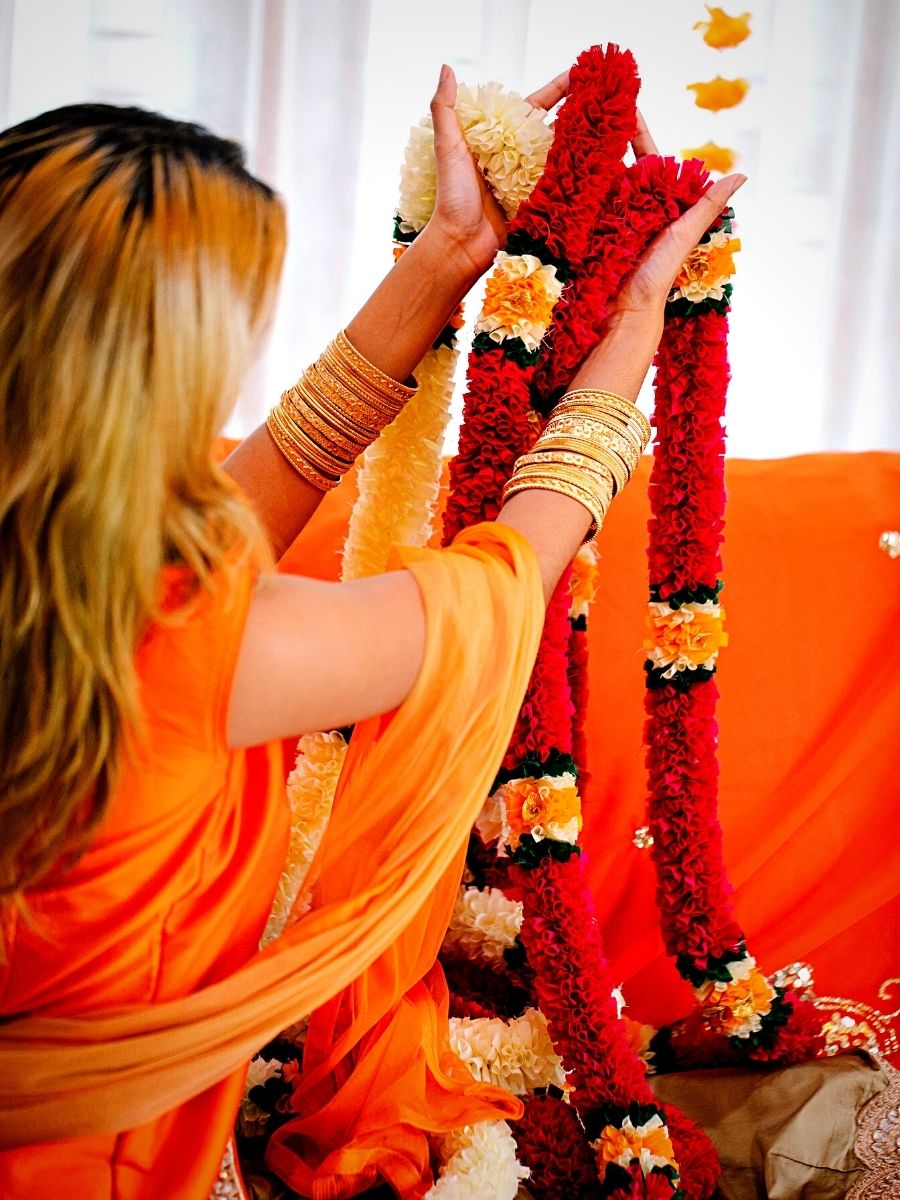
In these sacred texts, highlighted are the rituals where flowers act as mediators between the human and the divine and how they channel blessings, all the while, uniting devotees with cosmic energies. This goes to paint a picture of the transformative power of flowers and how they kindle the spirit of appreciation and awe for divinity.
These 10 Flowers Feature Prominently in the Vedas
There are numerous flowers and plants that feature in the Vedas texts. However, some of the most prominent ones include:
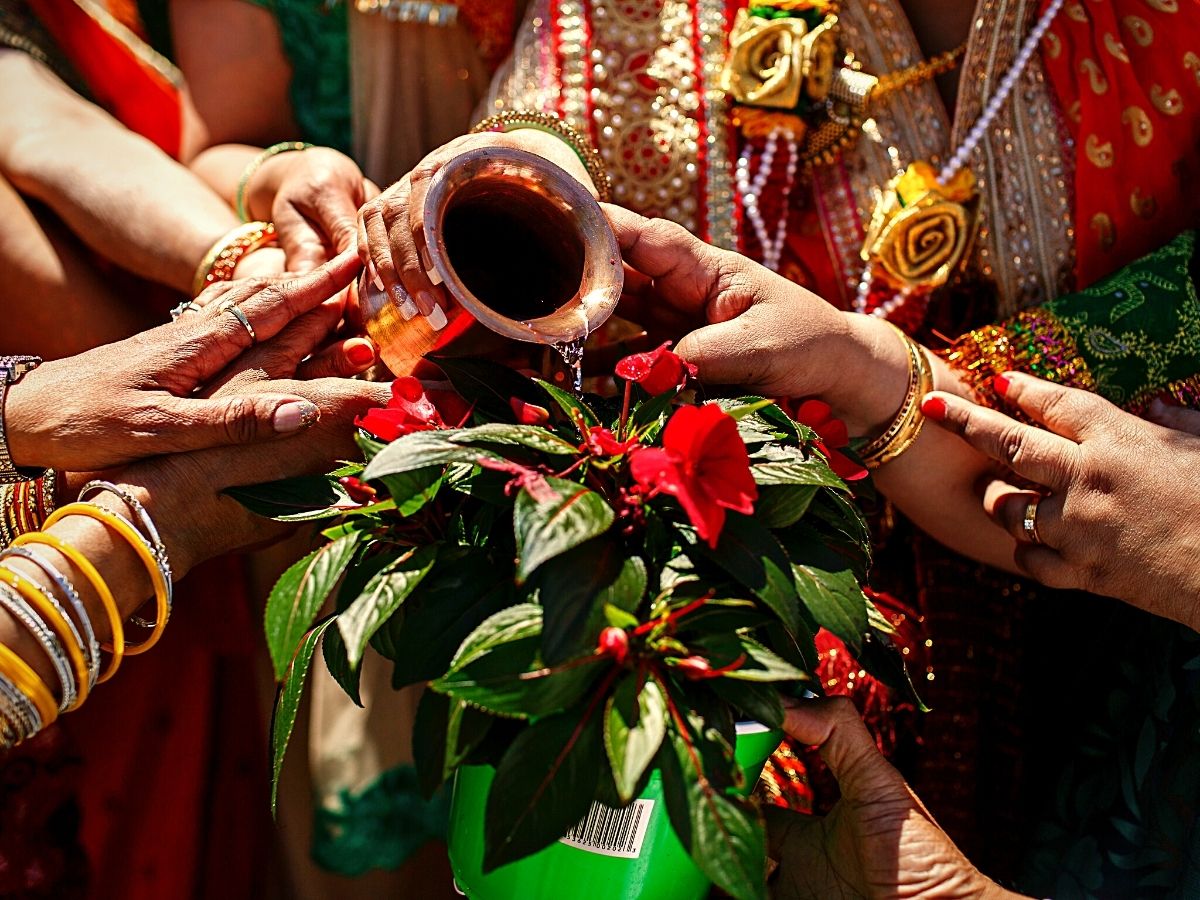
Soma (Probably: Ephedra Intermedia)
Soma is often referred to as the golden-hued flower in the Rigveda. This is a flower that holds monumental significance as it symbolizes the divine nectar. This portrays immortality, enlightenment, and spiritual awakening. Soma quite literally means "Creator of the Gods". Therefore, it is a flower that is associated with the gods and is a central element in Vedic rituals, where it is believed to bring blessings and experiences that are ethereal.
There is no absolute consensus about what would be the real name and species that is referred to as Soma in the Vedas. It is generally believed that one of the best candidates would be Ephedra Intermedia, although this has not been empirically proven.
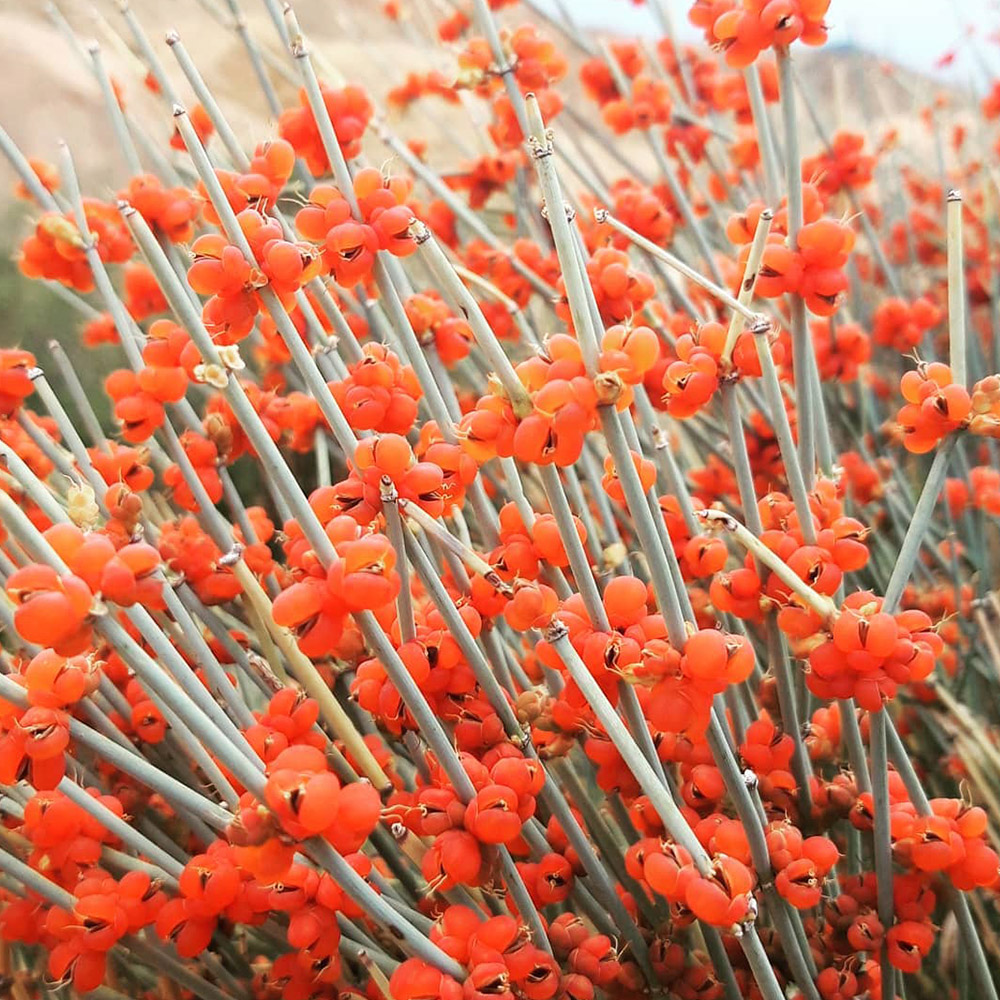
Photo by @kyrgyzstanflora.
Ashvattha (Ficus Religiosa)
The Ashvattha is commonly known as the sacred fig or peepul tree. Also called the bodhi tree, pimple tree, peepal tree, pipala tree, or ashvattha tree, this tree is revered in the Rigveda for its immense significance. This tree's flowers symbolize longevity, stability, and the interconnectedness of all life forms.
It represents the cosmic tree, where the roots signify the divine, the trunk represents the earthly plane, and the branches advance toward the heavens.

Photo by Basil Morin on Wikimedia.
Ashoka Tree (Saraca Asoca)
This is a beautiful, small to medium-sized evergreen tree that is native to the Indian subcontinent. It is known for its ornamental value and religious significance. The Ashoka tree is particularly revered in Hindu mythology and is associated with the goddess Sita. It is often planted near temples and in gardens for its aesthetic appeal.
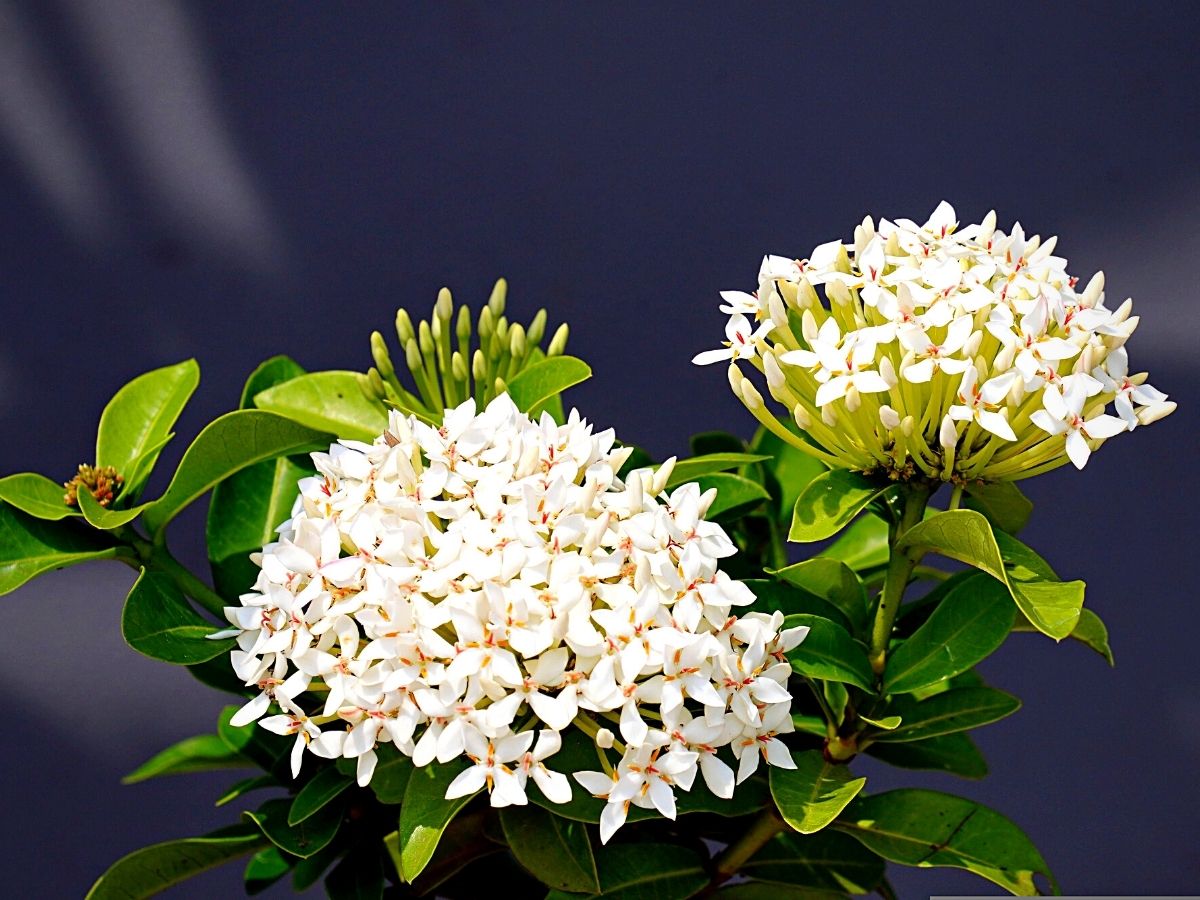
Photo by ignartonosbg on Pixabay
The Ashoka tree produces clusters of fragrant, orange-yellow flowers that bloom during the spring season. These flowers have cultural and symbolic significance in Indian traditions and are often used in religious ceremonies, festivals, and weddings. Their vibrant blossoms and sweet fragrances also make them a popular choice for decorating altars and creating garlands.
Jasmine (Jasminum)
This is another flower that is common in the Vedas and is mentioned in the Samaveda. The flower which is sweetly scented is accordingly associated with fragrance, beauty, and purity. In the Vedas, jasmine symbolizes love, devotion, and the fragile nature of the human soul. In religious ceremonies, jasmine flowers are often used as offerings to deities. Here, they arouse a sense of divine presence.
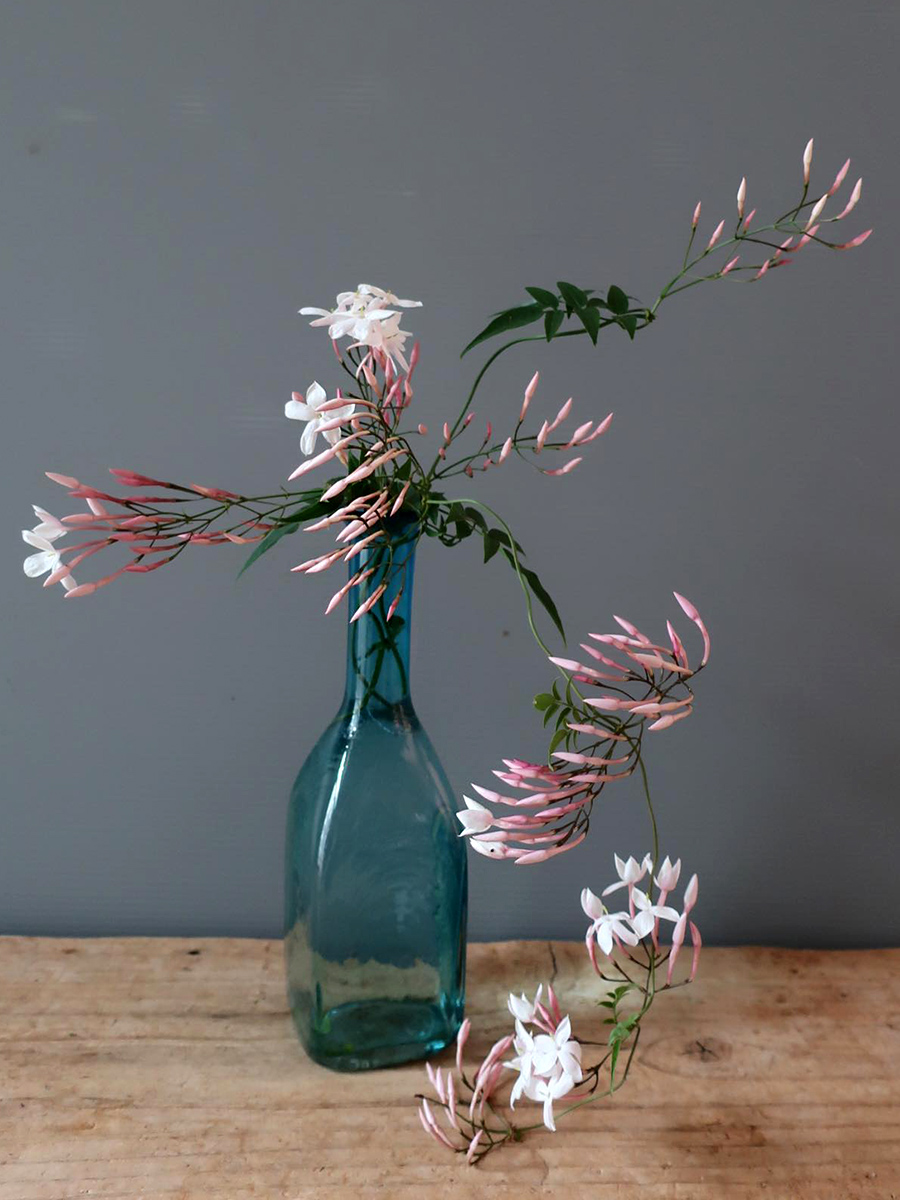
Tulsi (Ocimum sanctum)
Commonly known as Tulasi in Sanskrit or Tulsi in Hindi, this plant that also goes by the name holy basil is a perennial flowering plant from the mint family. Tulsi which is also aromatic, is revered as a sacred plant in the Samaveda as its flowers symbolize divine grace, protection, and spiritual purification.
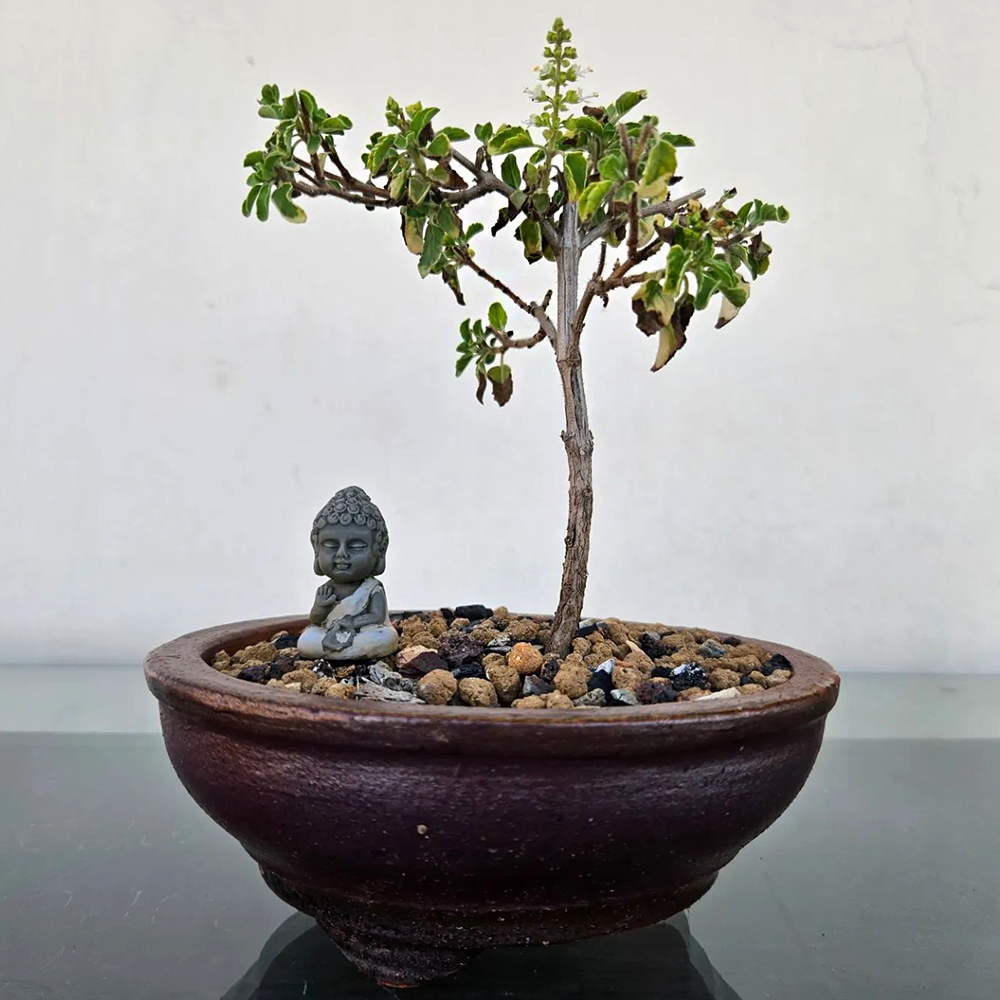
This flower is considered a manifestation of the goddess and is assumed to bring blessings, harmony, and a sense of auspiciousness to the adherent.
Neem (Azadirachta Indica)
The Neem Tree is a plant that today, just like ages ago, is still known for its medicinal and health benefits. Mentioned in the Atharvaveda of the Vedas, Neem is known for its therapeutic properties. Its flowers, therefore, signify healing and restoration, purification, and protection from illnesses and ailments.
Neem flowers are also used in Ayurvedic remedies and rituals to promote physical well-being and keep away negative energies.
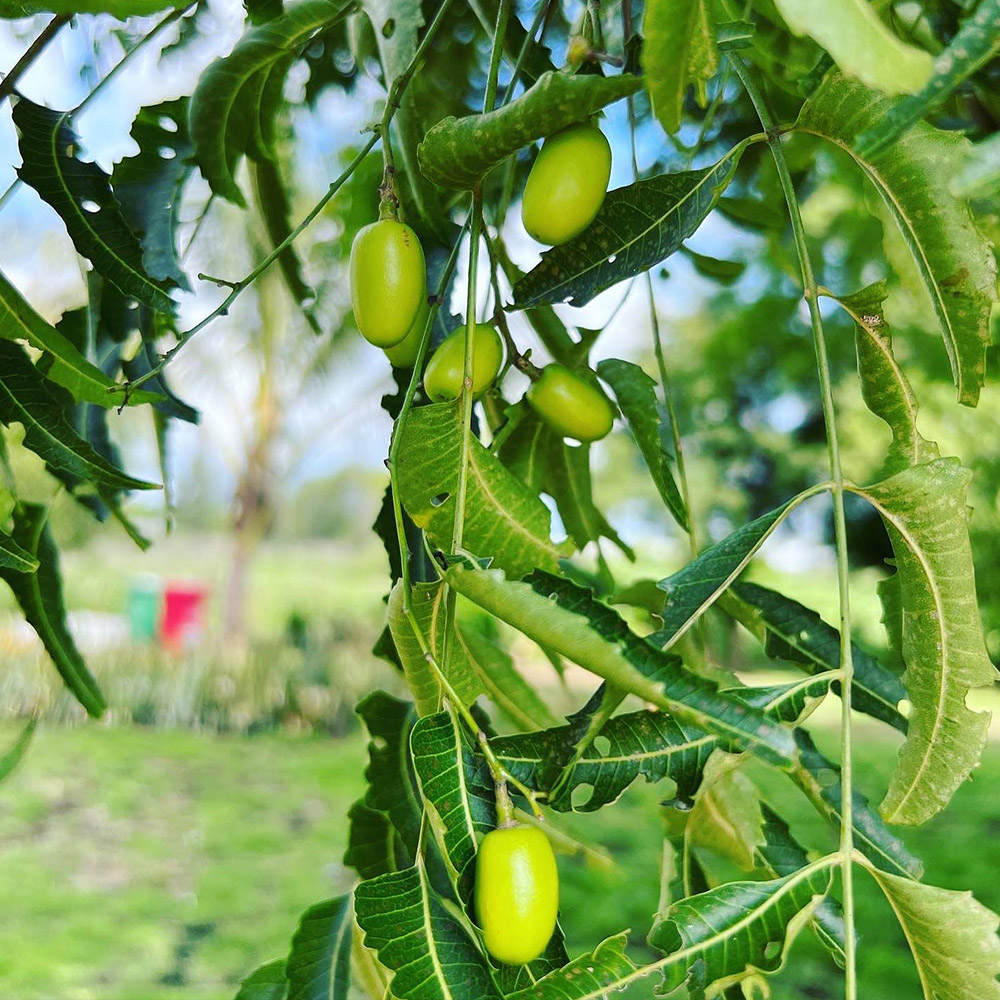
Photo by @gamle_78.
Sandalwood (Santalum Album)
The flowers of the Sandalwood hold incredible significance in the Atharvaveda. These flowers exemplify spiritual virtue, serenity, and a tie to the divine.
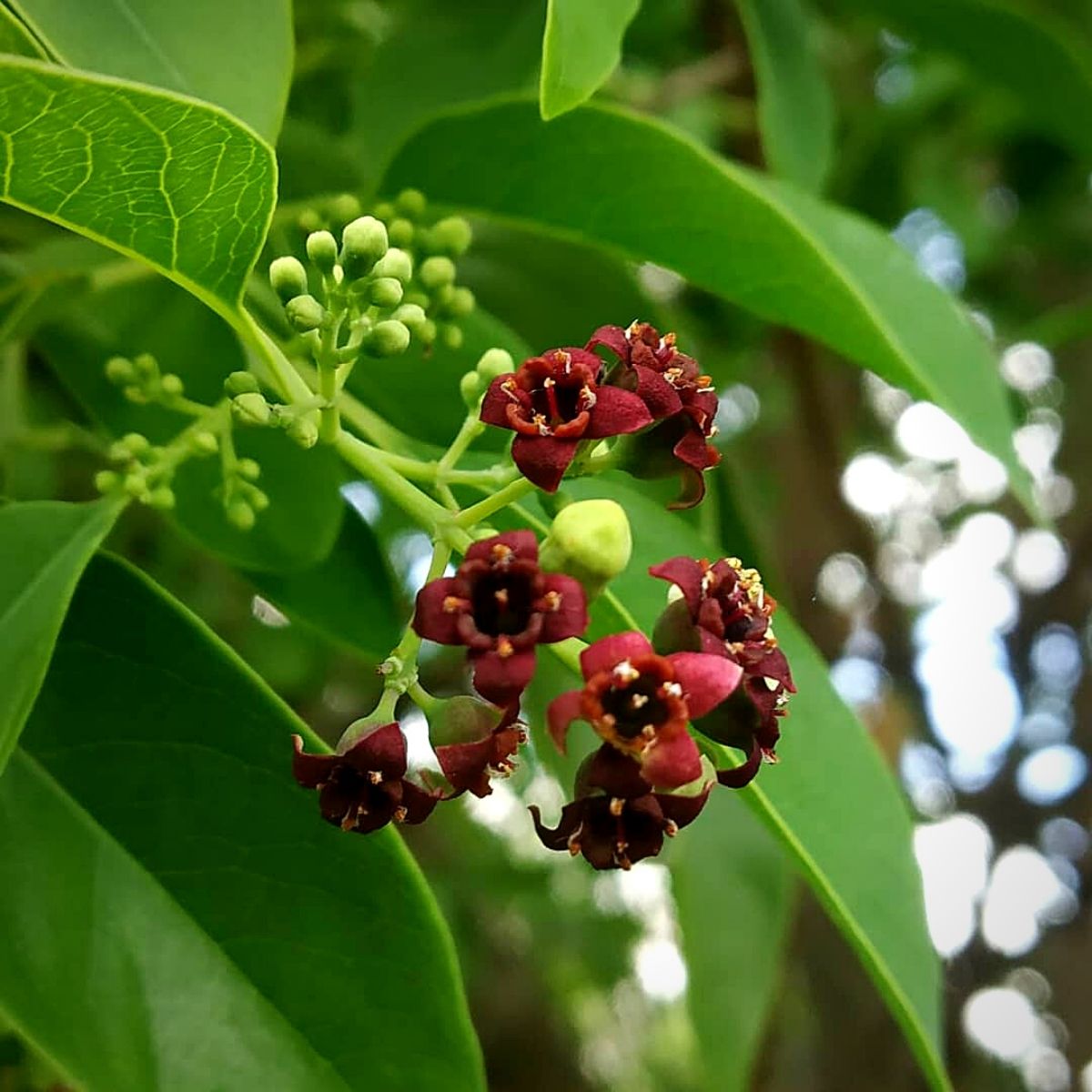
Instagram photo by @dass7258
The Sandalwood’s fragrant flowers are consequently used in ceremonies, meditation, and worship, where they create an atmosphere that is facilitative to spiritual meditation.
Aloe Vera (Aloe Barbadensis)
Aloe Vera is mentioned in the Atharvaveda, which is a sacred text within the pages of the Vedas. Aloe Vera is associated with convalescence and healing, revival and rejuvenation, and protection.
This plant’s flowers represent dynamism, vitality, energy, nourishment, and the restoration of physical and emotional balance. Aloe Vera is usually used in traditional medicine and skincare rituals due to its palliative and restorative properties.
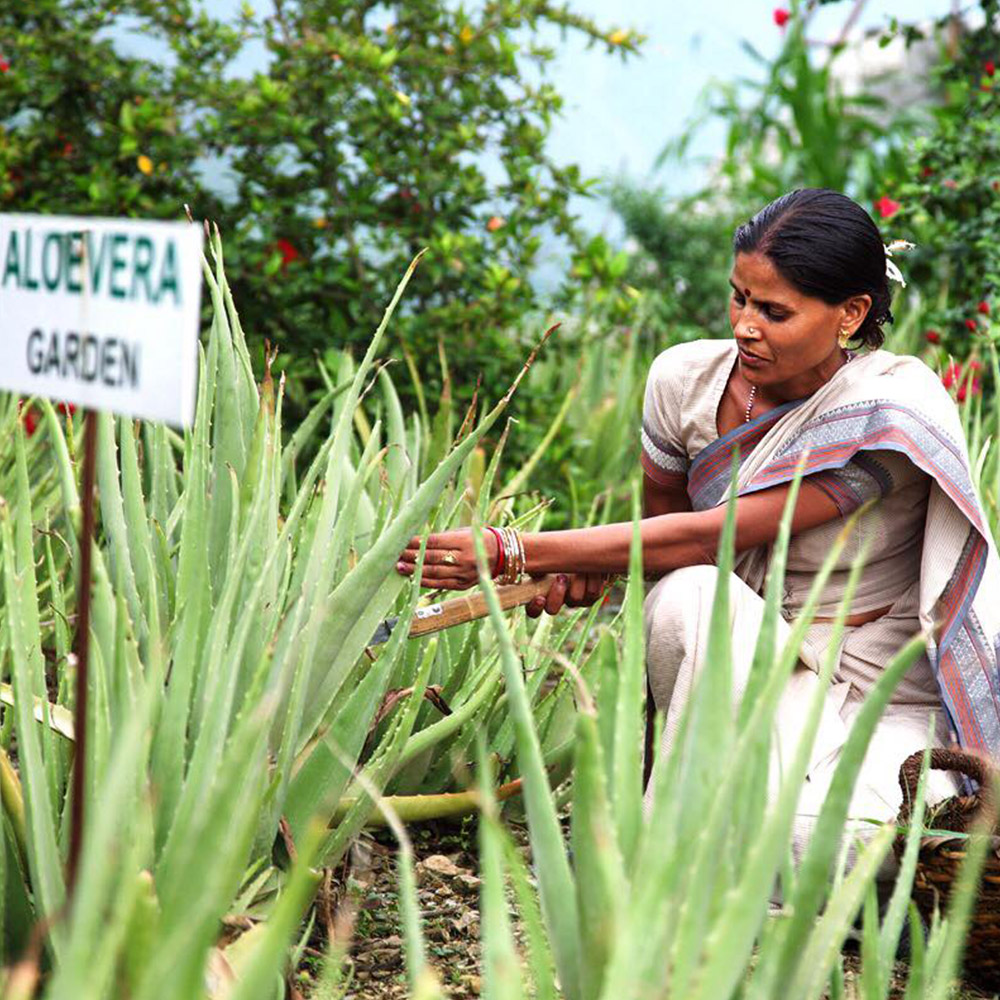
Photo by Forest Essentials.
Palash (Butea Monosperma)
Palash is known for its vibrant orange-red flowers. In the Rigveda, this flower which is also known as the flame of the forest is revered for its robust flowers that symbolize fertility, stamina, and the substance of life. In rituals and celebrations, Palash flowers are used to bring contentment, and prosperity, and create the prospects of new beginnings.
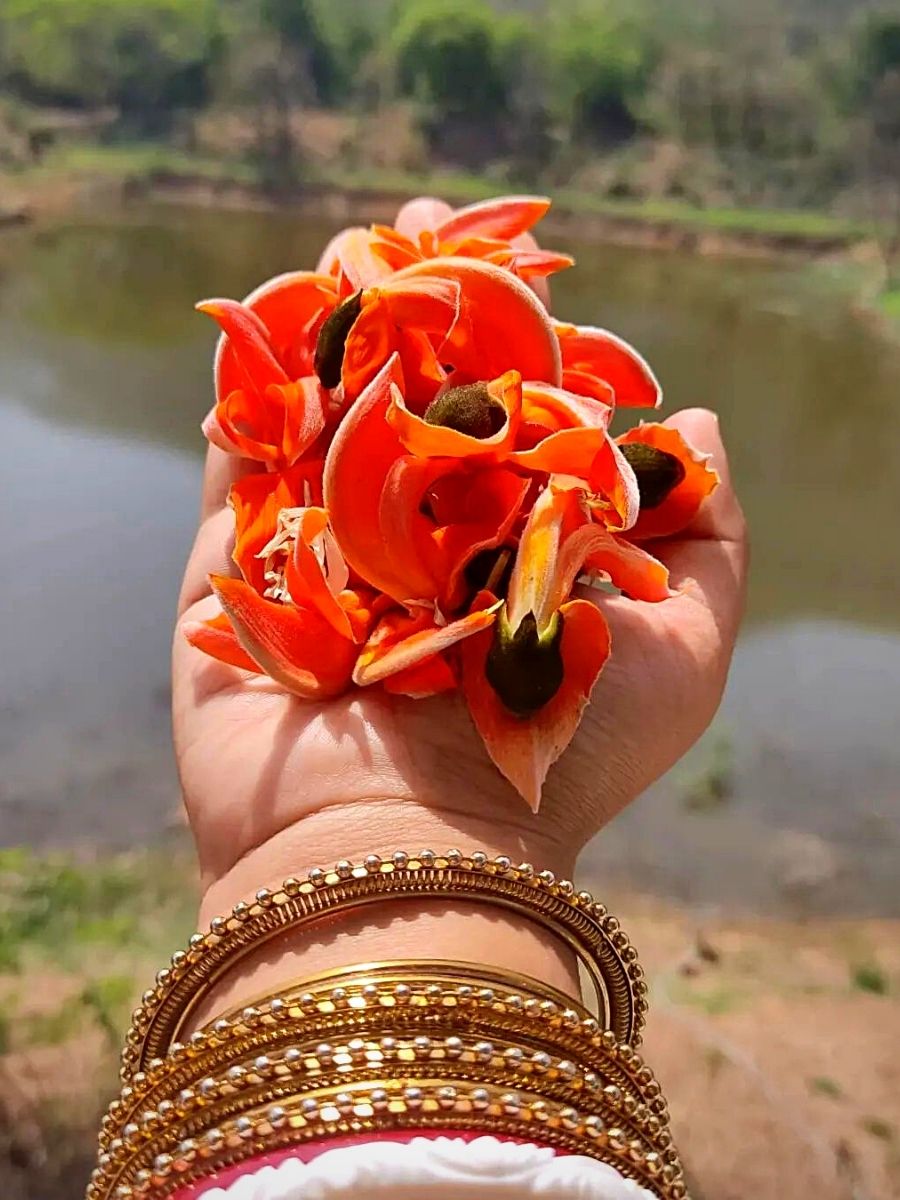
Instagram photo by @myspace.ankita
Marigold (Tagetes Erecta)
Marigold flowers are also mentioned in diverse Vedic texts. These vibrant flowers embody optimism, abundance, and devotion. Their rich golden and orange hues are believed to attract positive energies while warding off energies that portend negativity. These flowers are typically used in religious ceremonies and festivals as offerings to divinities.
Other Vedas Texts and Their Significance to Nature and Human Consciousness
Noteworthy is that in addition to the four main Vedas, there are also others including Brahmanas, Aranyakas, and Upanishads. These additional texts are considered extensions and developments of the original four Vedas.
The Brahmanas for instance, provide detailed explanations of rituals and sacrifices, the Aranyakas concentrate on rituals and spiritual practices in forest retreats, and the Upanishads are mostly philosophical expositions that examine the nature of reality, consciousness, and the human self.
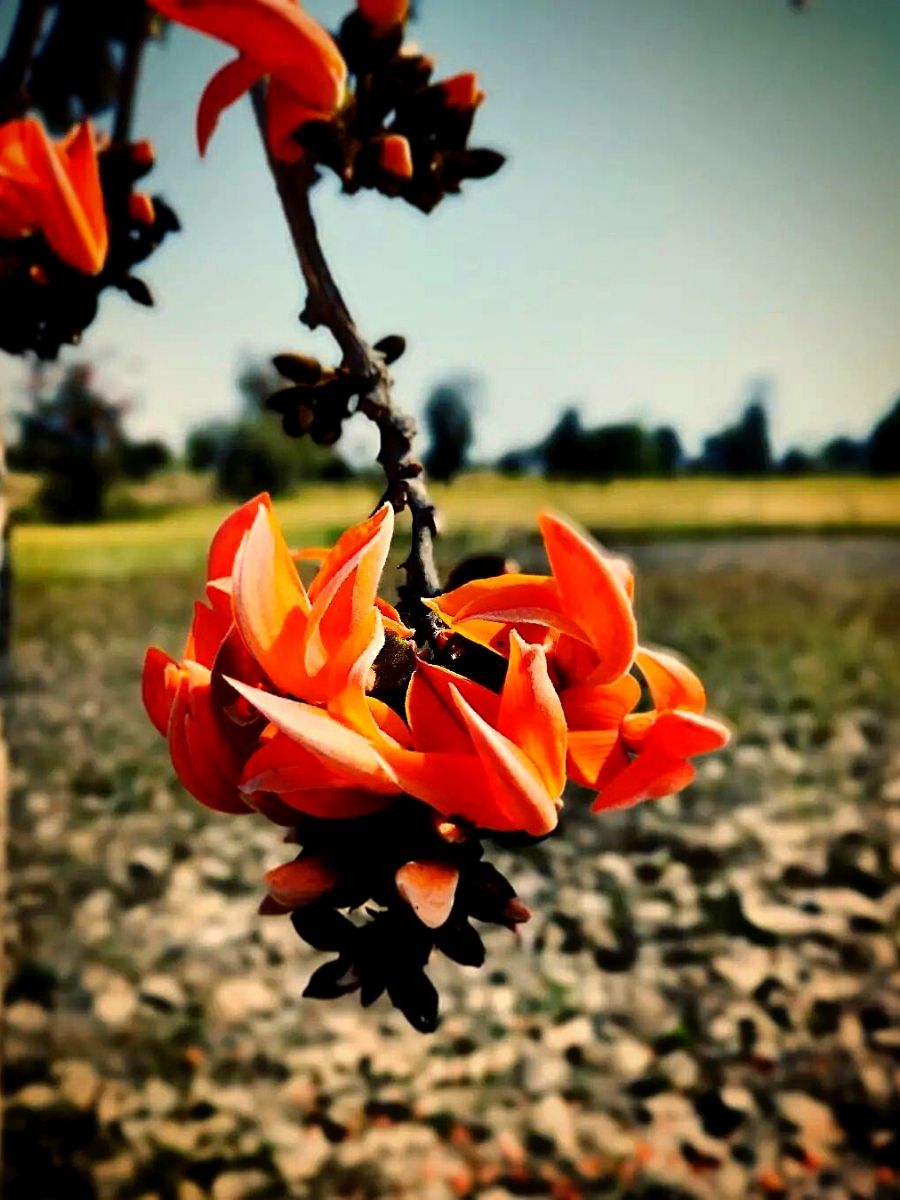
Instagram photo by @n_photography_157.
Flowers of the Vedas
However, just like the other Vedas texts, flowers and plants still play a significant role in these other Vedas, as they provide wisdom and discernment into ancient Indian society, cosmology, rituals, and the experience of divinity.
Throughout these ancient texts and verses, motivation seeps and continues to inspire humanity, hence enriching the connection that has over the years existed between the natural world and universal consciousness.
Featured image by freepic.diller on Freepik, header image by Suren Ram on Pexels.

